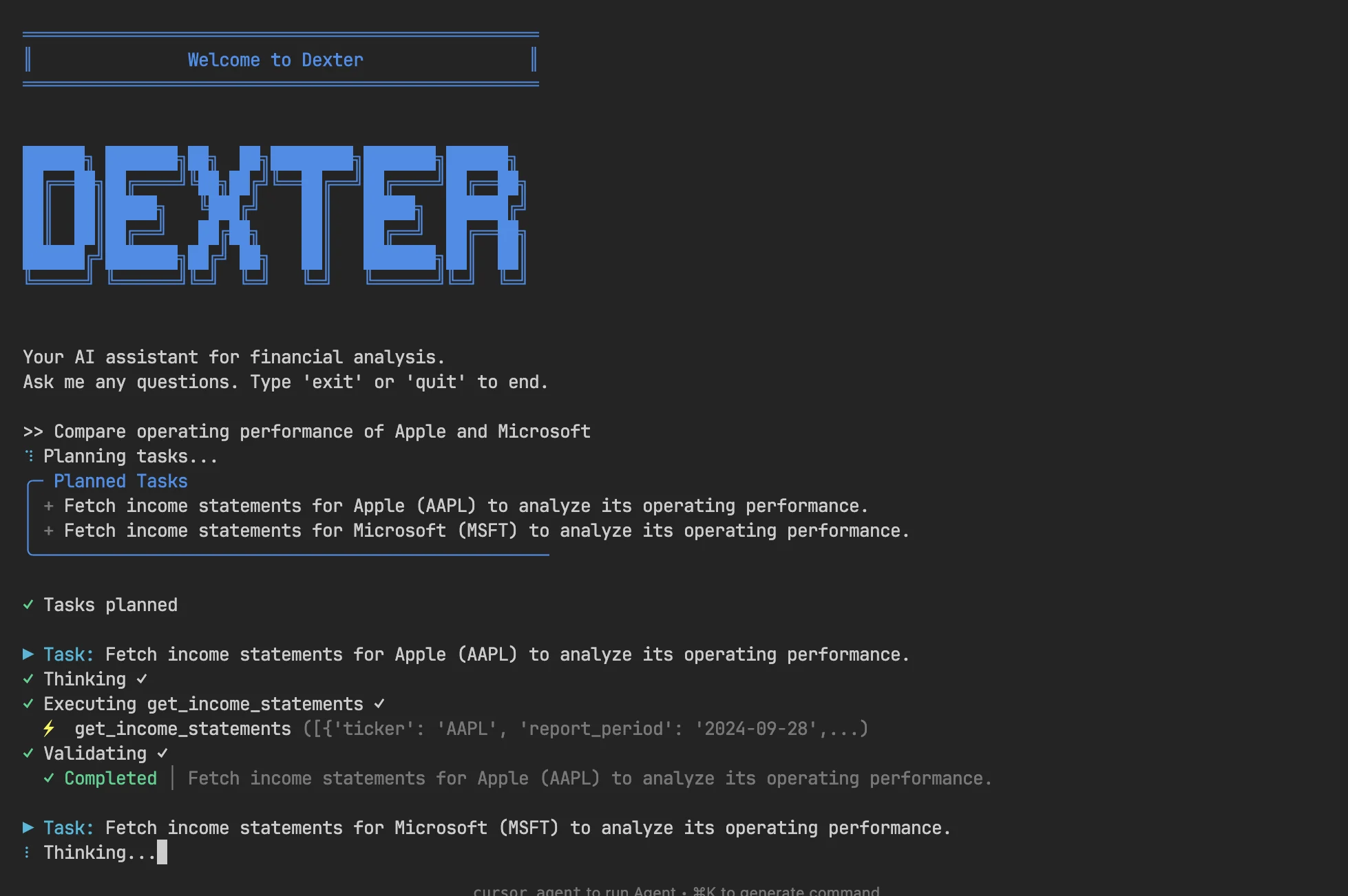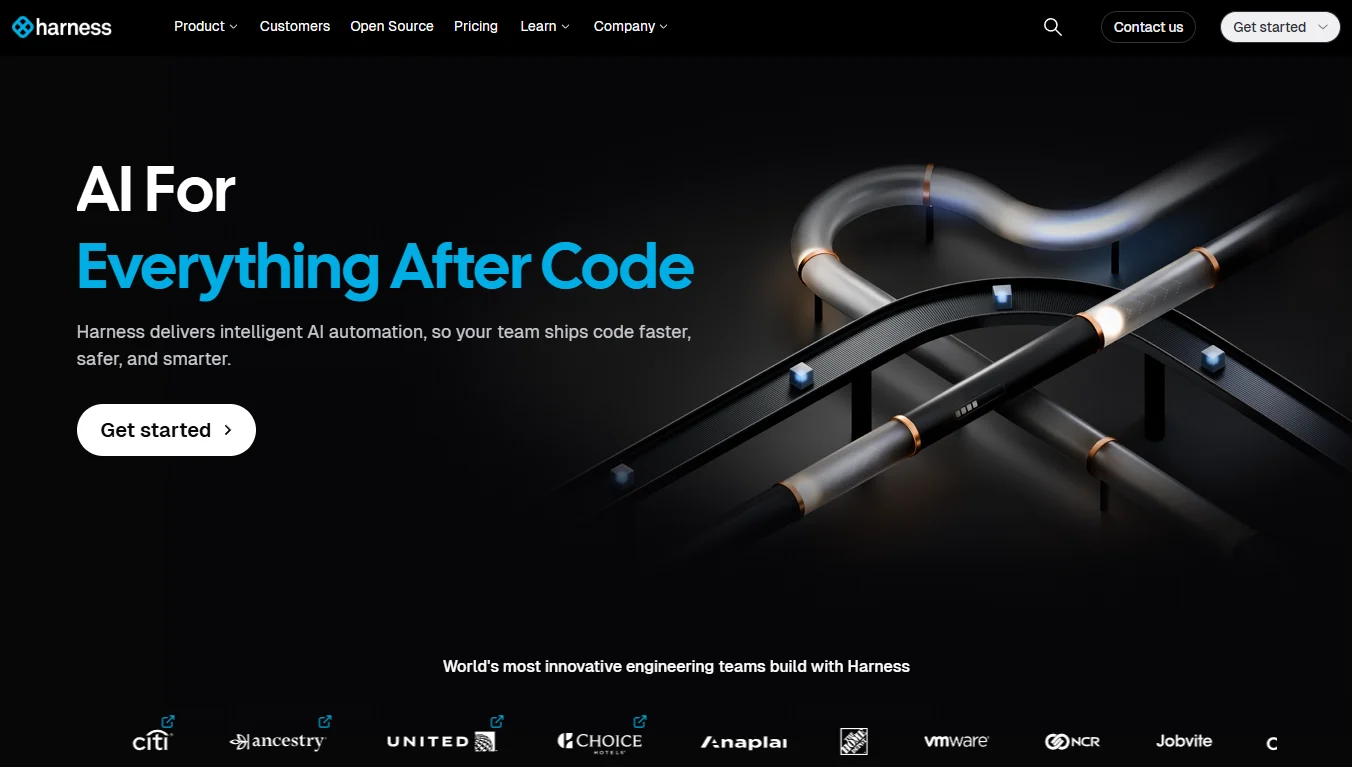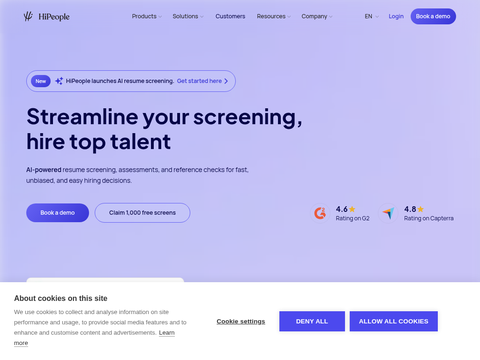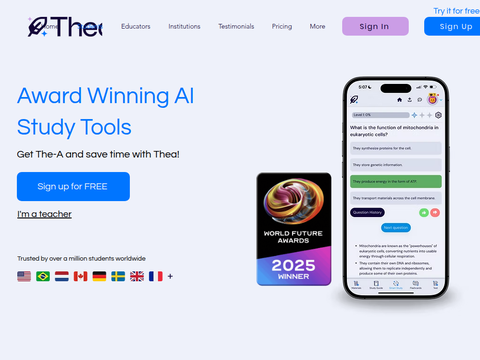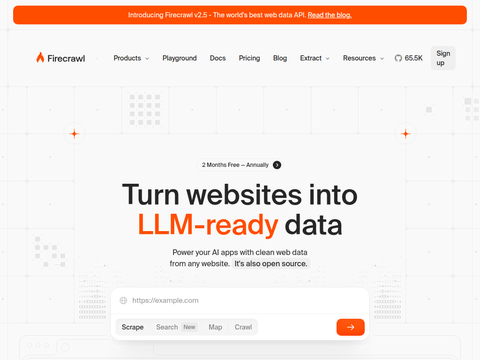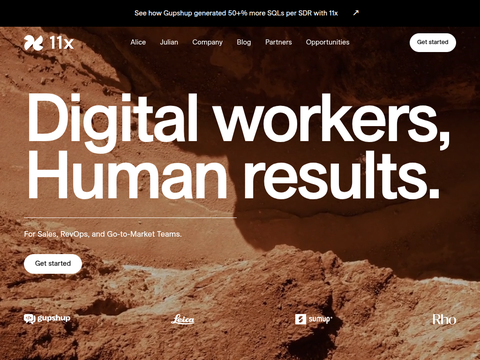In the AI competition of 2025, three outstanding contenders have emerged: Alibaba's QWQ-32B, DeepSeek R1, and OpenAI's O1 Mini. These models continuously push the boundaries in reasoning, coding, and efficiency, offering unique advantages for various applications.
QWQ-32B: Compact Yet Powerful
Alibaba’s QWQ-32B, despite having only 32 billion parameters, stands out with its exceptional mathematical reasoning and programming capabilities. Unlike larger models, QWQ-32B enhances its performance through reinforcement learning, ensuring efficient operation without relying heavily on computational power. This allows it to deliver strong performance even on consumer-grade hardware. In benchmark tests for reasoning, QWQ-32B scored an impressive 79.5, fiercely competing with DeepSeek R1, despite being significantly smaller in size. It has become a cost-effective choice for businesses and researchers alike.
DeepSeek R1: A Leader in Reasoning
DeepSeek R1 boasts an astounding 671 billion parameters but activates only 37 billion at a time. This design maintains high-level reasoning capability while greatly improving efficiency. In tasks requiring complex logic, DeepSeek R1 excels, achieving a remarkable score of 79.8 in mathematical reasoning benchmarks. From education to smartphone AI, DeepSeek R1 is widely applied across multiple fields, becoming one of the most versatile models available.
O1 Mini: The Perfect Blend of Speed and Precision
OpenAI’s O1 Mini focuses on STEM-related reasoning tasks. Compared to its predecessors, it is smaller in size but fully optimized for speed and cost efficiency. Although scoring 63.6 in reasoning benchmarks—slightly lower than QWQ-32B and DeepSeek R1—its simplified performance and affordability make it a formidable competitor. Through API integration, O1 Mini is widely accessible, making it an ideal choice for budget-conscious enterprises seeking AI solutions.
Performance Breakdown and Competitive Landscape
Benchmark results show that QWQ-32B and DeepSeek R1 lead in reasoning tasks. QWQ-32B scores 79.5, while DeepSeek R1 narrowly edges ahead with 79.8. O1 Mini, though efficient, lags slightly behind with a score of 63.6. In coding, QWQ-32B’s reinforcement learning approach gives it an edge, achieving a LiveCodeBench score of 63.4, just behind DeepSeek R1’s 65.9. OpenAI’s O1 Mini scores 53.8.
What Sets QWQ-32B Apart
QWQ-32B distinguishes itself by matching the performance of much larger models with its 32 billion parameters while continually improving reasoning abilities through reinforcement learning iterations, achieving efficient operations. Rather than relying solely on memorized responses, QWQ-32B actively adapts to various situations. Its ability to compete with DeepSeek R1 in reasoning while consuming significantly fewer resources makes it a potential game-changer in the industry.
Future Trends in AI Models
This competition highlights the trend towards smaller and more optimized AI models. While DeepSeek R1’s massive scale delivers significant results from large datasets, it also comes with heavy computational costs. In contrast, QWQ-32B demonstrates that smarter training methods can achieve high performance while reducing computational load. OpenAI’s O1 Mini provides an affordable AI model option, lowering the barrier for businesses to integrate AI.
The Battle for Open-Source AI Supremacy Between Alibaba and OpenAI
Each AI model serves specific application scenarios and purposes. DeepSeek R1 dominates in large-scale reasoning; QWQ-32B achieves competitive performance with higher efficiency standards; and O1 Mini is favored for its affordability and speed. As the AI field continues to evolve, efficiency and adaptability will be key factors in choosing the best model. In this contest between Alibaba and OpenAI for open-source AI dominance, we await to see who will emerge victorious.

